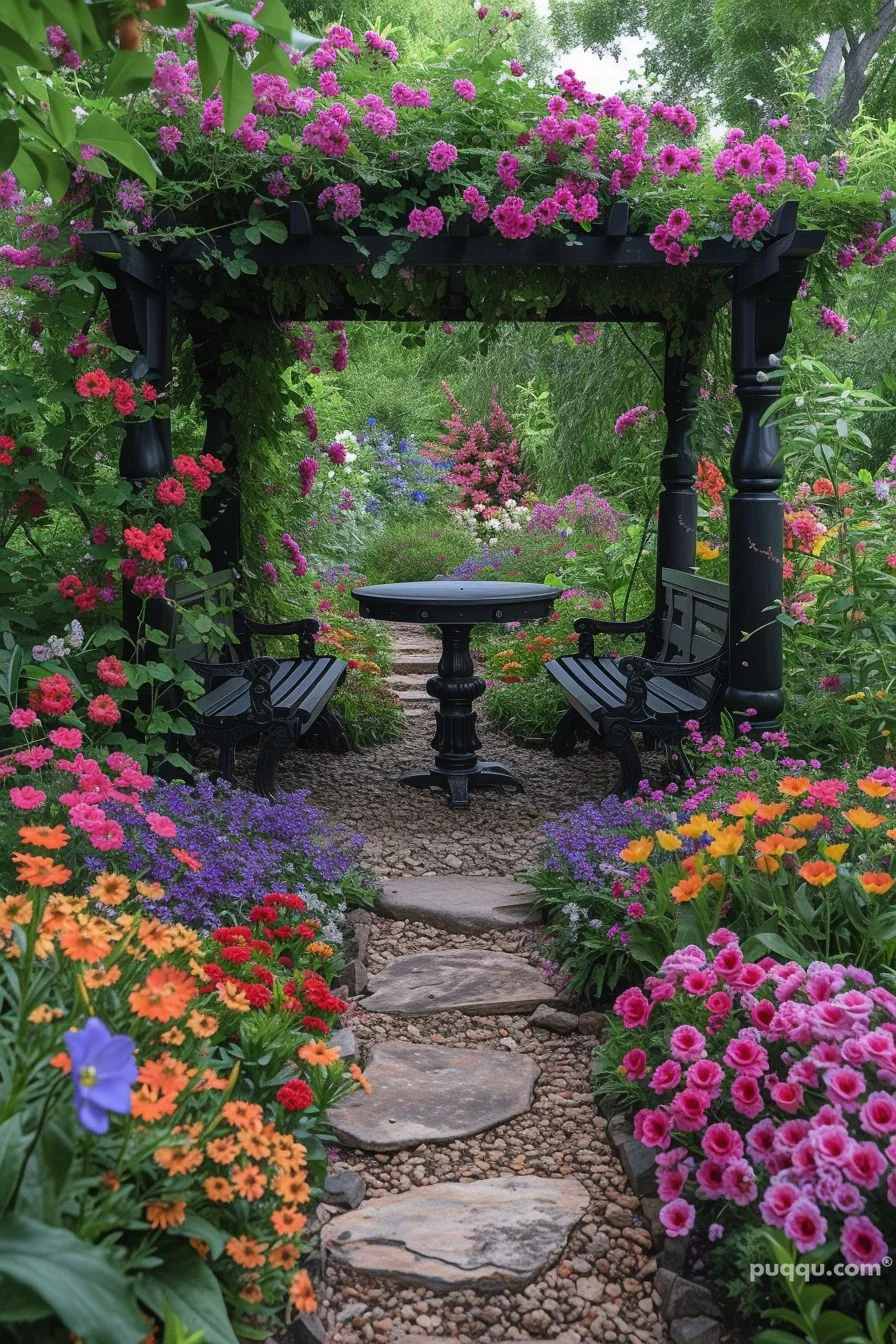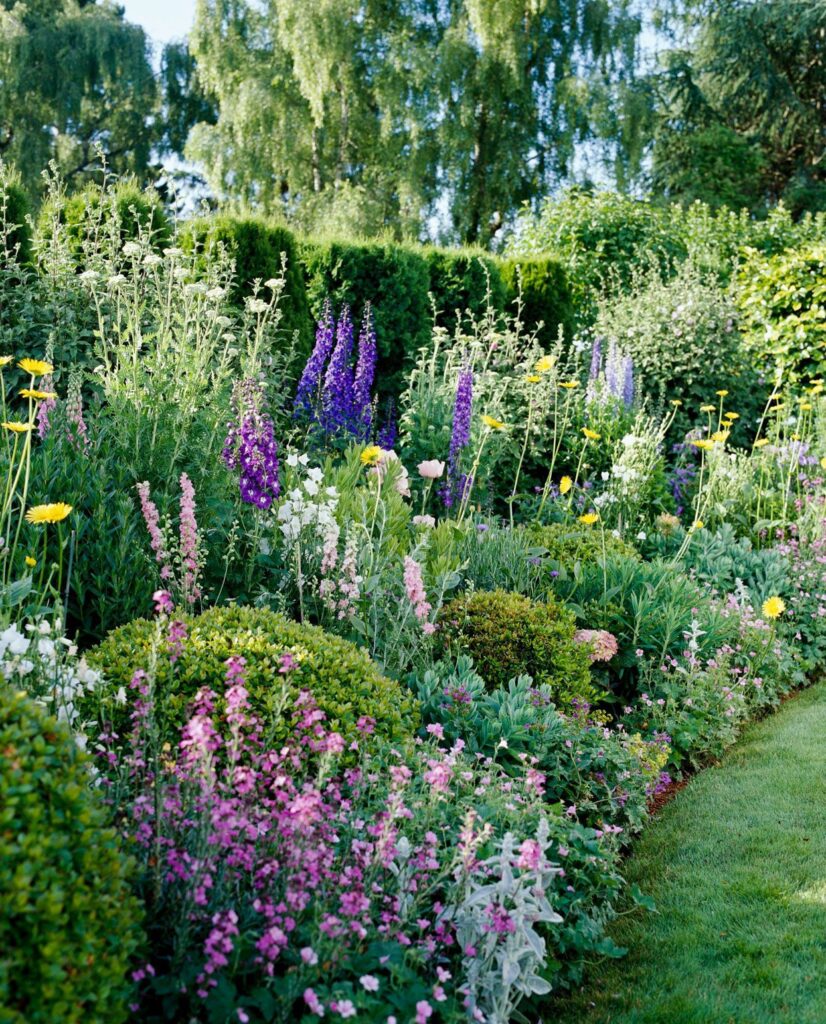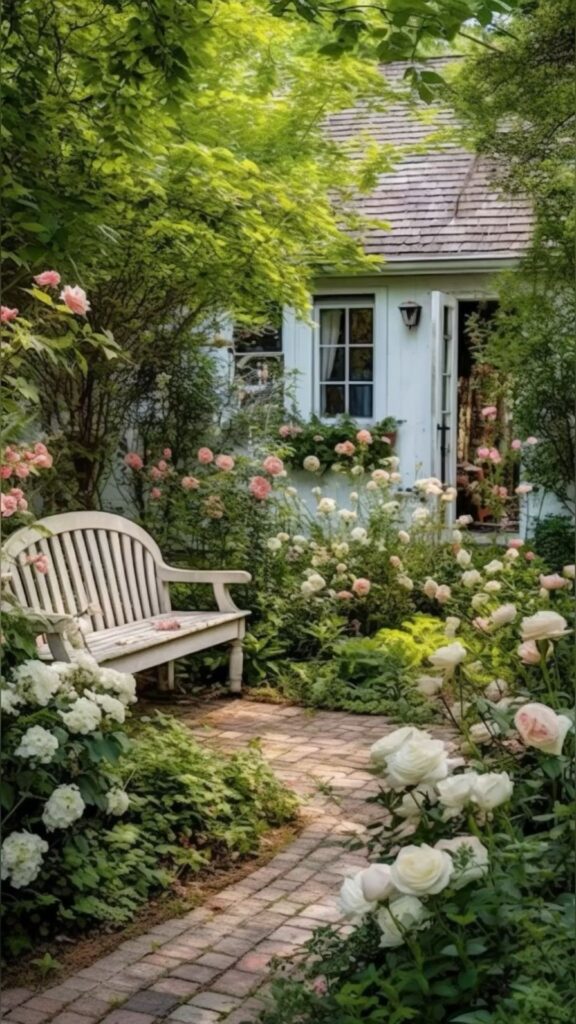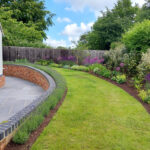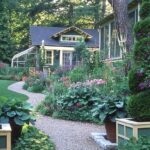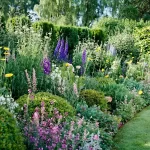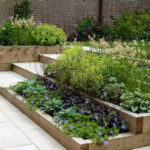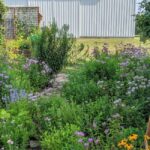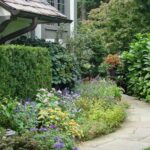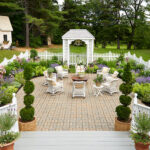Cottage gardens have become increasingly popular in recent years for their charm, simplicity, and abundance of colorful blooms. This style of gardening harkens back to the days when small, quaint cottages dotted the countryside and gardens were filled with a mix of flowers, herbs, and vegetables. Cottage garden design is characterized by its informal and romantic feel, with plants arranged in a seemingly haphazard manner that still manages to create a harmonious and inviting space.
One key element of cottage garden design is the use of a diverse mix of plants. Traditional cottage gardens are filled with a variety of flowers, herbs, and vegetables, all arranged in a seemingly random pattern that gives the garden a wild and natural look. Popular cottage garden flowers include roses, peonies, foxgloves, and lavender, while herbs like mint, thyme, and sage add a fragrant touch. Vegetables such as tomatoes, beans, and squash can also be integrated into the garden for a practical and functional element.
Another important aspect of cottage garden design is the use of pathways and borders to define different areas of the garden. Gravel pathways can wind their way through the garden, creating a sense of exploration and discovery as visitors meander through the lush plantings. Borders made of low bushes or flowers can help to separate different areas of the garden and create a sense of structure within the overall design.
Cottage gardens often feature whimsical elements such as arbors, trellises, and old-fashioned garden decor. Arbors covered in climbing roses or vines can create a romantic focal point in the garden, while trellises can be used to support climbing plants like clematis or sweet peas. Vintage garden accessories like bird feeders, watering cans, and old-fashioned garden tools can add a touch of nostalgia and charm to the garden, further enhancing its cottage-like feel.
To maintain the informal and romantic look of a cottage garden, it’s important to embrace a relaxed approach to gardening. Cottage garden plants are often allowed to grow and intermingle freely, creating a slightly wild and unruly appearance that is part of the garden’s charm. Deadheading spent blooms and regular weeding can help to keep the garden looking tidy, but allowing plants to self-seed and spread can add to the overall sense of abundance and vitality.
In conclusion, cottage garden design offers a romantic and nostalgic approach to gardening that is perfect for those looking to create a charming and inviting outdoor space. By incorporating a diverse mix of plants, creating defined pathways and borders, adding whimsical elements, and maintaining a relaxed approach to gardening, anyone can create their own version of a cottage garden paradise. Whether you live in the countryside or in the heart of the city, a cottage garden can bring a touch of the pastoral to your outdoor space and provide a haven for birds, bees, and butterflies to thrive.
